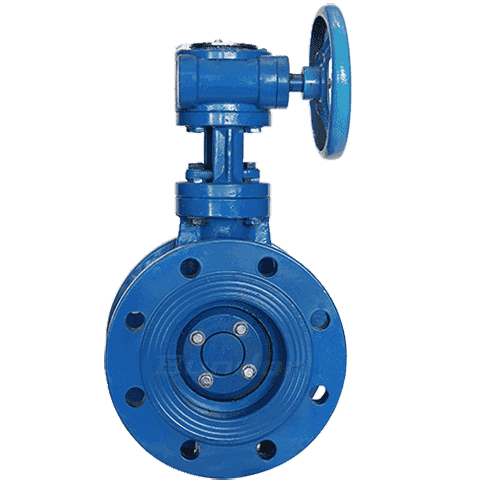What are the three eccentricity butterfly valves?
Traditional hard-sealed butterfly valves have no guarantee of sealing performance and large leakage. In order to change this situation, hard-sealed butterfly valves have been reformed many times to create triple eccentric butterfly valves. The characteristics of triple eccentric butterfly valve are that the high temperature and corrosion resistant alloy material is welded on the valve seat sealing surface layer, and the multilayer soft stacking sealing ring is fixed on the butterfly plate. This process makes the triple eccentric butterfly valve more than the traditional butterfly valve product. More resistant to high temperature and high pressure environment, more resistant to corrosion.
The unique design of the three-eccentricity makes the metal hard seal more labor-saving. When the valve is opened and closed, there is no friction between the disc and the valve body during the rotation. When the valve is closed, the torque of the transmission mechanism can provide a compensation Sealing greatly improves the sealing performance of the triple eccentric butterfly valve and prolongs the service life of the butterfly valve.
What are the three eccentricity butterfly valves?
The first eccentricity is that the valve shaft is located behind the valve plate shaft, so that the seal can completely and closely contact the entire valve seat.
The second eccentricity is that the centerline of the valve shaft deviates from the centerline of the pipeline and the valve to avoid interference from valve opening and closing.
The third eccentricity is the deviation of the valve seat cone axis from the valve shaft centerline, which can eliminate friction during the closing and opening process, and achieve a uniform compression seal effect around the entire valve seat.
 简体中文
简体中文 Русский
Русский Español
Español Bundor - Butterfly, Gate, Check, Ball, Globe Valve Manufacturer, Supplier & Distributor
Bundor - Butterfly, Gate, Check, Ball, Globe Valve Manufacturer, Supplier & Distributor

